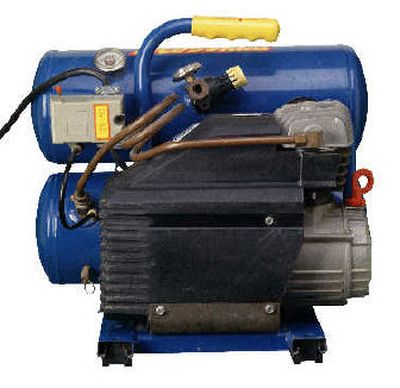This is a Hammer: Generator safety is no joke

Winter is fast approaching, along with the potential for storms, blizzards and other wild weather that can cause power outages. Many homeowners have a generator to get through such emergencies, but they may not be aware of the safety issues presented by these small combustion engines. The following guidelines are offered by Briggs & Stratton, a generator manufacturer:
“Generators produce carbon monoxide, an odorless, colorless gas that can cause serious health problems in small amounts and is deadly in large concentration. Never run a generator in an enclosed area, and never run it inside your home — even in the garage, even with the windows open.
“Always place a battery-powered carbon monoxide detector in the living area of your home when running a generator. Ideally, place a second detector near or in the area where the generator is running, in case the exhaust enters the home.
“Do not operate the generator near combustible materials.
“Be absolutely safe when refueling; gasoline and its vapors are extremely flammable. Allow the generator to cool for at least two minutes before filling the tank.
“Make sure extension cords are of the grounded type (three-pronged, all-weather cords), and are rated for your generator. Also, do not coil them — make sure they lay flat and in an open area, because they can get very hot.
“Never plug the generator directly into an outlet. Have a qualified electrician install a power transfer switch.
“Maintain the generator regularly, according to the manufacturer’s directions. If you do not use the generator for at least 30 days, purchase a fuel stabilizer to add to the gas in the tank.
“Do not operate the generator in wet conditions (rain, snow or floods); protect it from the elements, and keep it off the ground.